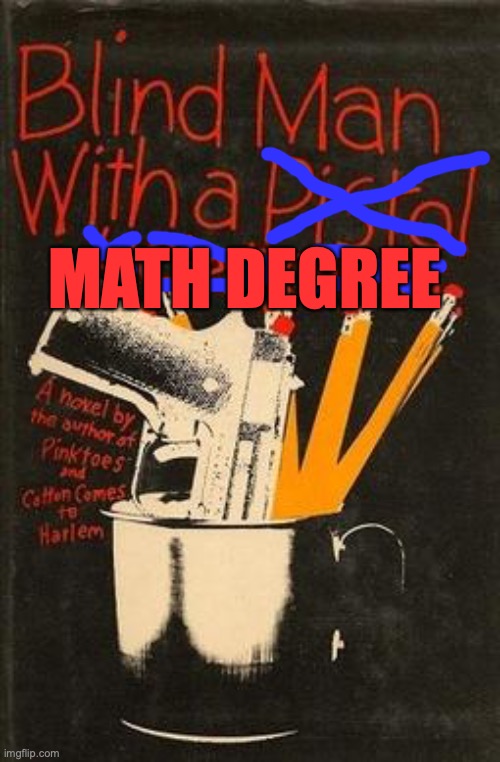South Carolina. White.
Occupation: Farmer, farm laborer, M.D.
Father's Occupation: farmer.
Sources
1). Year: 1860; Census Place: Orangeburg, Orangeburg, South Carolina; Page: 394
Michael J. O'Dowd was born in South Carolina to William Henry and Claudia Elizabeth Salley O'Dowd. His mother Claudia was a South Carolina native, but his William father had immigrated from Ireland. William was a Catholic. This was a source of controversy within Claudia's family, although she joined the Catholic Church and raised her children in the faith.
The father William was a farmer. According to family history, he ran a planation in Tabernacle Township (in what is now Aiken County) until he lost it in a poker game. The family then moved to land around Salley (a town in what is now Aiken County, near Blackville) given to them by Claudia's father.
Michael was only 11 years old when the Civil War broke out, so he did not serve in the military. However, his oldest brother Howell Jones did. Howell enlisted on September 25, 1864, a few weeks after the Fall of Atlanta. He was a private in Company F of the 2nd Regiment, South Carolina Artillery. On March 1, 1865, while stationed in Greensboro, North Carolina, Howell died of pneumonia.
Michael himself was directly impacted by the war too. In early 1865, Union troops burned his family's home during their invasion of South Carolina. The family was forced to live in a building previously used for storage.
Michael worked on the family farm until around 1874, when he pursued a college education. He enrolled as a medicine student at the University of South Carolina on November 2, 1874. He did not complete a degree and had left by January 1876.
Michael continued his education at the Medical College of Georgia (now Georgia State Medical College) in Augusta. He graduated in 1878.
After completing his education, Michael returned to South Carolina, returning to the area his parents' home. There he farmed and worked as a physician. In 1880, he was appointed Manager of Election for Brown's precinct (a voting precinct in Orangeburg County).
Michel died on January 9, 1882. He is buried in a family cemetery in Aiken County.
Sources
1). Year: 1860; Census Place: Orangeburg, Orangeburg, South Carolina; Page: 394
2). 1870; Census Place: Rocky Grove, Orangeburg, South Carolina; Roll: M593_1506; Page: 342A
3). 1880; Census Place: Goodland, Orangeburg, South Carolina; Roll: 1237; Page: 160D
4). "Notice," The Orangeburg democrat. October 29, 1880, p. 2.
5). Salley, Olin Jones. "A History of the Salley Family 1690-1965." Print on Demand by Orangeburg County Historical Society. p. 225





